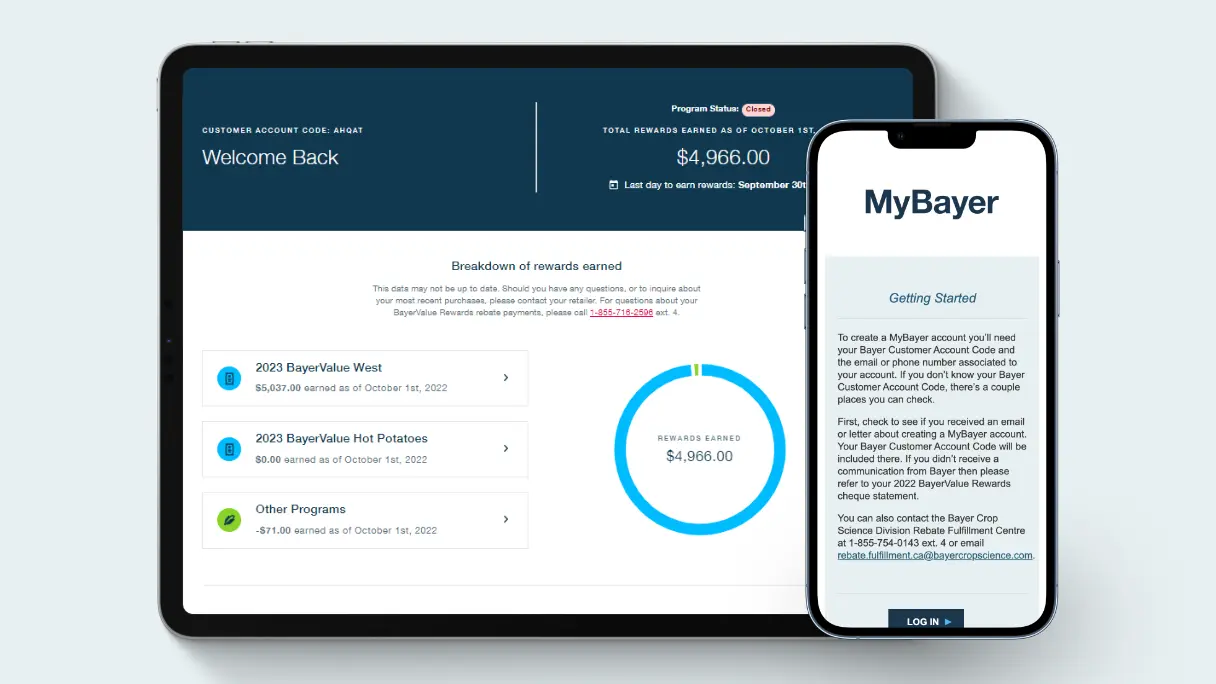Canola Target Plant Population
We count the seeds, so you can make them count.
We have a long history of packaging by seed count with corn and soybeans and now we’re applying the same methods of precision to canola seed. Using our unique ability to accurately measure TSW (Thousand seed weight), we can ensure that every bag of DEKALB® canola contains no less than 4.25M seeds – the proven optimal Target Plant Population for every 10 acres.
Give your canola the target plant population advantage.
Our research has shown that a target plant population of 5 to 8 plants/ft2* will maintain the yield potential of your canola crop. Any less, and you leave your field more vulnerable to weeds. Any more and you risk potential thinner, less productive plants, that are more prone to lodging. To put it another way, 5 to 8 plants/ft2* is the perfect way to set your canola crop up for success.
*Calculations are based on a canola survivability of 50-80%.
How to calculate your DEKALB canola seeding rate.
The recommended seeding rate for DEKALB canola is 10 acres per bag. With every bag filled with no less then 4.25 million seeds per bag the simplest way to calculate your seeding rate, to achieve a target plant population of 5-8 plants/ft2, is to simply divide your DEKALB bag weight by 10 to get your seeding rate in lbs/acre.
